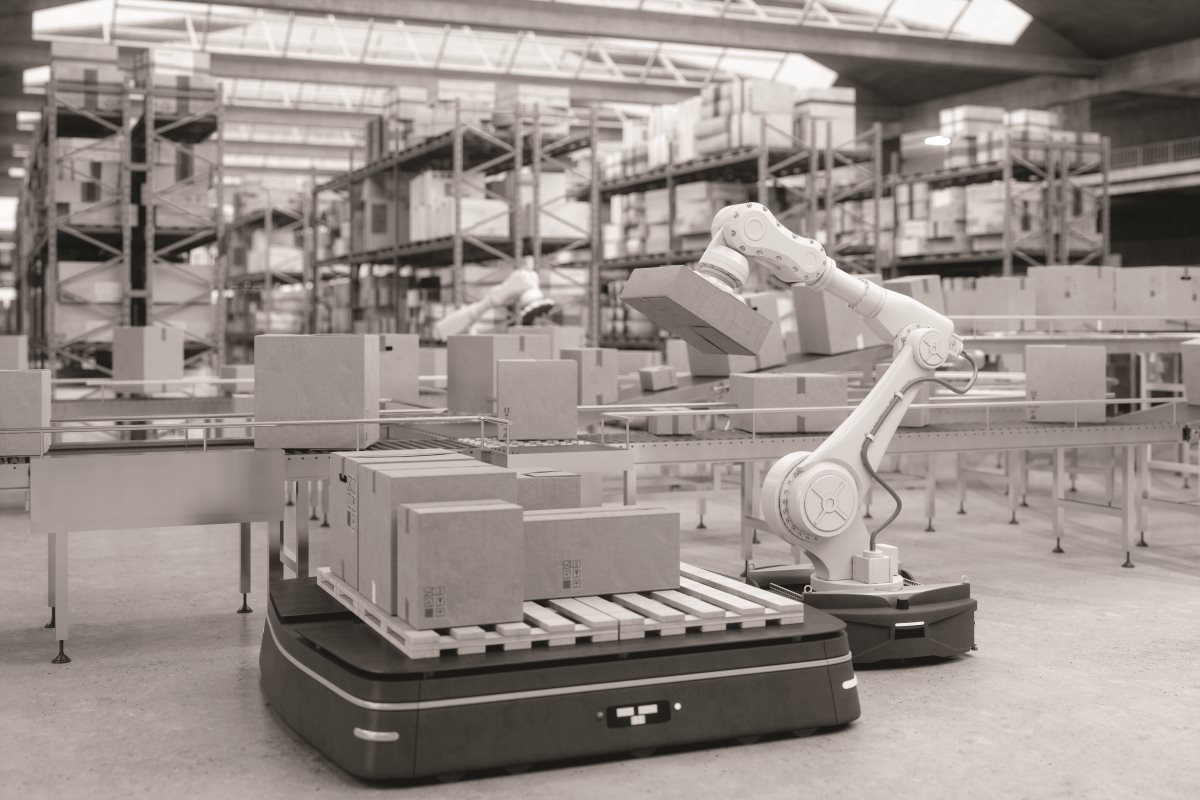While productivity soared across the US in the 2010s, it flatlined in Indiana. The state ranked 37th out of 50 in technology investment per worker, and insufficient education and training meant 85,000 jobs went unfilled.
Indiana was already an established hub for advanced manufacturing and logistics, with the highest concentration of workers in the region. But without strategic investment to increase productivity, the state found itself quickly falling behind.

It was time for private sector to lean in and take focused action. To enable that vision, Conexus was established by the Central Indiana Corporate Partnership - a group comprised of Indiana’s prominent corporate CEOs, foundation leaders, and university presidents. Through Conexus, business leadership worked in partnership with government to catalyze a new approach to investing in productivity.
Conexus was empowered to manage productivity-driven programs, like the Manufacturing Readiness Grants, to allocate funding provided by the Indiana Economic Development Corporation, a public body charged with growing the state’s economy and supporting the Advanced Manufacturing & Logistics (AML) sector. The grant provides funding to help companies invest in new technologies (machine learning, cloud computing, AI, etc.) and the upskilling necessary to future-proof their workforce.
526 grants issued worth $57 million USD, with $813 million in project budgets supported
26% internal rate of return on investment for participating companies
![]() Between 2020 and 2021, budgeting for technology adoption among participating AML companies nearly doubled
Between 2020 and 2021, budgeting for technology adoption among participating AML companies nearly doubled
![]() Almost all grant recipients attribute the funding to either enabling, expanding or accelerating technology investment at their company
Almost all grant recipients attribute the funding to either enabling, expanding or accelerating technology investment at their company
By making strategic investments in advanced manufacturing technology, the program not only helped individual businesses improve their performance, but demonstrated how de-risking crucial investments can lead to adoption by other companies throughout the region. Two years after the program’s launch, the state saw significant investment in new manufacturing technology and scaled-up production.


